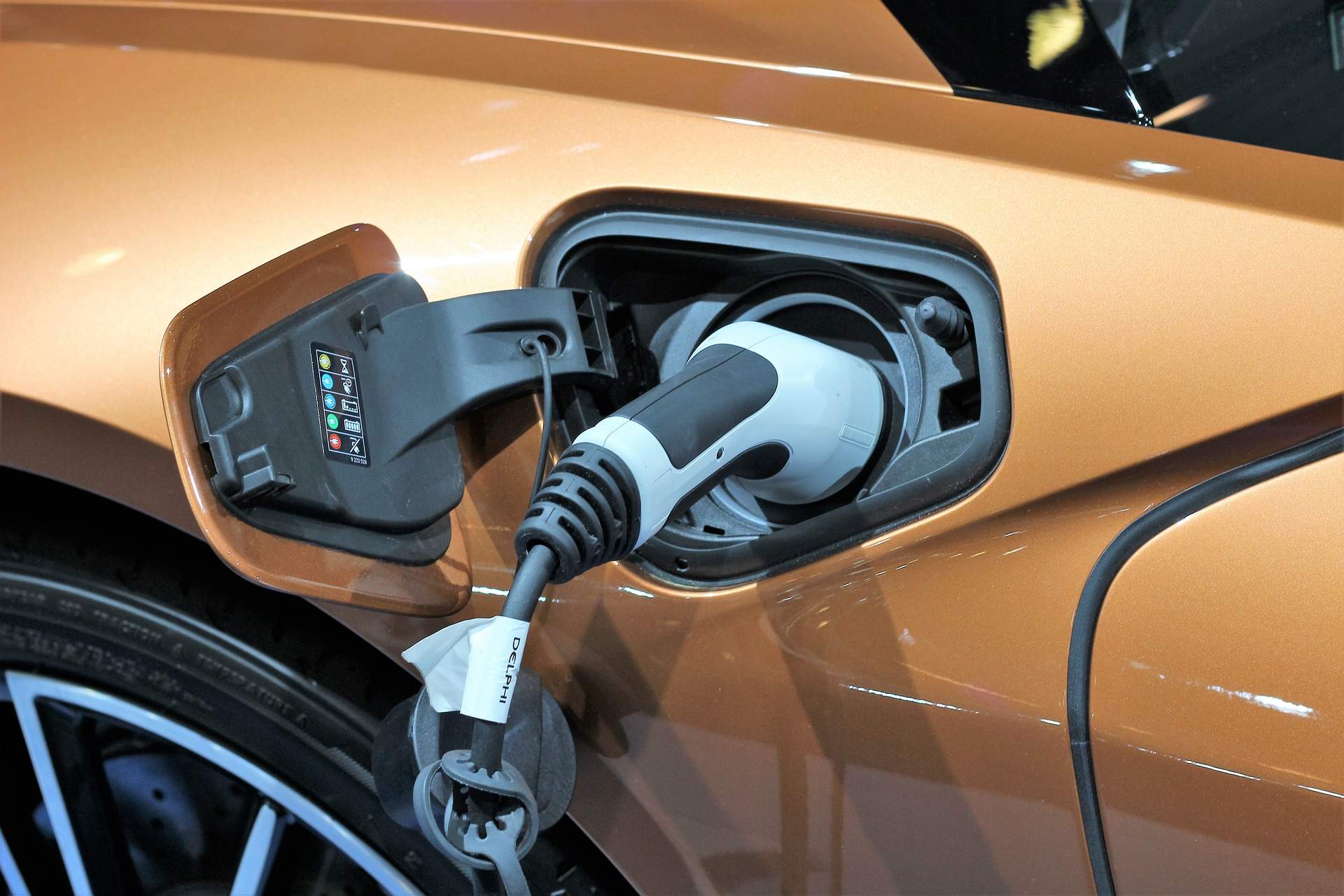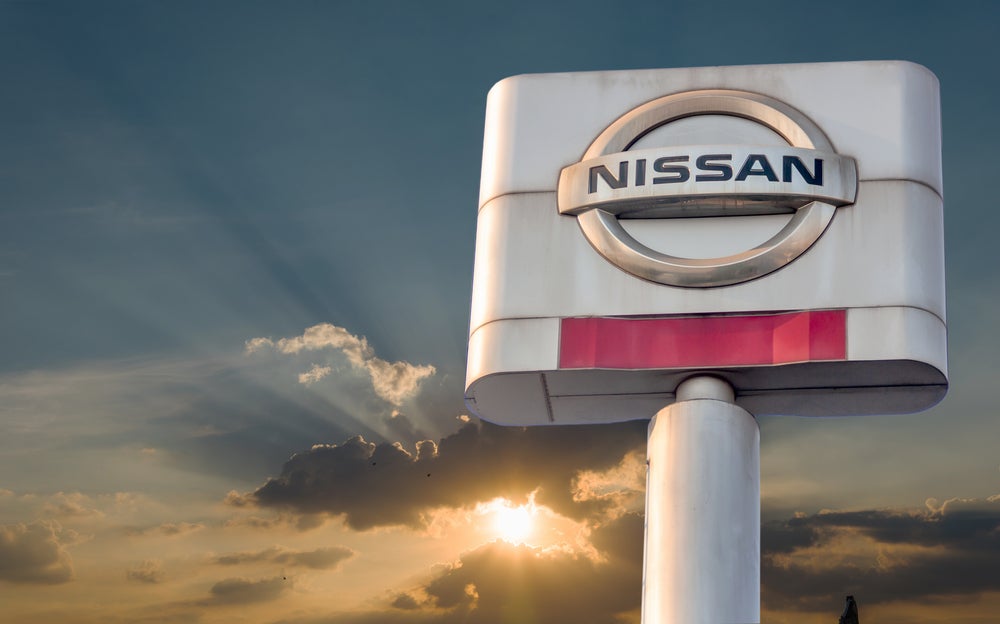With countries looking to restart their economies, commuters may be put off by the danger posed by shared mobility with a knock-on effect for autonomous vehicles.
The Covid-19 outbreak has brought economies to a standstill as consumers shelter at home, and manufacturers and retailers are forced to shut their doors to contain the spread of the virus. This has put more financial strain on the auto industry than ever before, forcing companies to conserve as much cash as possible. As GlobalData has already discussed, this could have significant implications for spending on shared mobility and autonomous vehicle (AV) projects.
While they cover very different aspects of mobility in the 21st century, the four CASE megatrends are united by one constant theme – they all demand enormous amounts of capital expenditure to tackle. With auto company finances pushed to breaking point by the virus, some of these long-term CASE investments are likely to be abandoned or significantly reduced.
In response to the virus, most auto companies are adopting a severe cash conservation program to ensure they don’t go out of business while sales are in freefall. Responses to CASE megatrends are universally costly, so only the ones that present a reasonably clear return on investment are likely to survive.
Connected vehicle technology is mature at this stage with nearly every new car equipped with some form of on-board connectivity and customers actively seeking out these features – investments in this field are unlikely to be significantly affected. On the other hand, shared mobility is a capital-intensive business and, as Uber and Didi Chuxing have demonstrated, achieving sustainable profitability is still an enormous challenge. The additional caution following the COVID-19 outbreak could limit the amount of future investment in the field from car makers and auto suppliers if they feel it would take too long to get a return on investment.
Turning to autonomous vehicles, the future of investments in this area is equally uncertain. Considering the cost of fitting sensor suites and on-board computers, along with the sheer complexity of developing self-driving software, it was believed that the first customers of AVs would be shared-vehicle fleets, like those operated by the ride-hailing giants because they can recoup those extra costs through ride-hailing fares. As a result, if investments in shared mobility are culled, then investments in autonomous vehicles are also likely to be reduced or cancelled altogether.
How well do you really know your competitors?
Access the most comprehensive Company Profiles on the market, powered by GlobalData. Save hours of research. Gain competitive edge.

Thank you!
Your download email will arrive shortly
Not ready to buy yet? Download a free sample
We are confident about the unique quality of our Company Profiles. However, we want you to make the most beneficial decision for your business, so we offer a free sample that you can download by submitting the below form
By GlobalDataInvestments in electric vehicles, however, are not likely to meet the same fate as those in shared mobility and AVs. Unlike those megatrends, a great deal of capital has already been spent on EVs, and they are much closer to the inflection point where they can be built profitably with enough demand in the market to sustain their production. In addition, the introduction of EVs is mandated in many countries, whether it’s though CO2 regulations in Europe, NEV subsidies in China, or CAFE standards set in California – meaning future demand for EVs is easy to demonstrate.
Furthermore, while consumer attitudes towards shared mobility may become unfavourable as awareness grows of the threat posed by shared spaces, those same consumers may develop a better opinion of EVs. One of the small benefits of widespread lockdowns have been significantly quieter streets with an associated improvement in air quality thanks to fewer people travelling on generally shorter journeys. Both of these factors play to the strengths of EVs over combustion vehicles, which could actually push demand up once vehicle sales restart properly.
As a result, once the immediate threat from Covid-19 has died down, automakers and suppliers may double down on their investments in EVs. This is likely a driving force for Tesla’s widely criticised decision to restart operations at its Fremont, California factory on 11 May. Its outspoken CEO, Elon Musk, has been a regular critic of California’s efforts to contain the virus, putting him at odds with the majority of the country’s epidemiological experts but, despite protestations, the company has defied local orders to remain closed.
This unprecedented move is, for Tesla, an opportunity for it to press home its EV advantage over slow-moving legacy automakers. The risk, however, is that reopening early could lead to a second wave of infections that could lead to a second lockdown, causing even more economic damage.
Written by Mike Vousden








